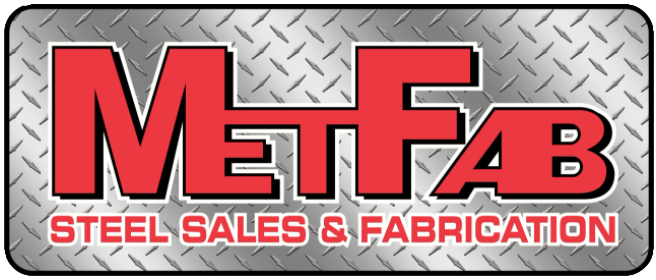Building a Steel Roof Frame
Steel frame construction was formerly reserved for huge, straightforward structures like garages, vast agricultural buildings, and warehouses – as well as high-rise skyscrapers. The steel frame is still thought to be used for offices, factories, schools, public buildings, and some residential dwellings in popular belief, but it is now used for a wide range of other types of development, including offices, factories, schools, public buildings, and some residential dwellings.
For a variety of reasons, steel roof frames are an excellent choice for a variety of projects. The benefits of steel roof construction are many.
1. It is simple and fast to build – when compared to wood framing, it is less labor-intensive to install and does not need a significant number of personnel.
2. It has a lot of strength.
3. It is a cost-effective option.
4. Steel has the advantage of not needing to be dried out or maintained.
5. Steel roof trusses are often more lightweight than timber rafter structures.
6. Moisture resistance (must be adequately prepared previously) - this inhibits the growth of mold and fungus.
7. It is resistant to a variety of weather situations.
8. Unlike wooden rafter framing, steel rafter framing will not be infested by insects, bugs, or parasites.
9. Steel components are coated with specific extra protective and anti-corrosive coatings throughout the manufacturing process.

Types Of Steel Roofing Materials
With so many choices available, deciding which kinds of steel roofing are appropriate for your house or structure may be difficult. Steel roofing materials range from traditional to cutting-edge steel, each with its own set of benefits. Let's look at the many kinds of steel roofing materials and their benefits and drawbacks.
Steel is a composite material made up of iron and other elements. Steel roofing has long been one of the most popular materials used on a commercial construction site, and it is increasingly being used in residential construction. While steel production may be an energy-intensive operation when compared to metal like zinc, the metal alloy's recyclability and availability mean that most of the steel we use today is recycled rather than new. Steel is the most recyclable commodity on the globe, making it a very environmentally friendly construction resource.
Steel is also the least costly metal when compared to other metals. Steel is sometimes priced substantially cheaper than Aluminum, Zinc, or Copper, despite the fact that it is also a commodity. Steel is thus both more inexpensive and more readily accessible than the other metals on this list.
Galvanized, Galvalume, and Weathering Steel are the three main kinds of steel roofs.

Galvanized steel
Galvanized steel is made by coating an inner layer of steel with zinc to protect it against corrosion. This coating aids in the extension of a steel panel's life and the slowing of corrosion. The most popular kind of steel roofing material is galvanized steel.
Galvalume Steel
Galvalume Steel is similar to galvanized steel, but instead of utilizing a zinc-only coating, it employs a mix of aluminum and zinc. In certain conditions, aluminum is more corrosion resistant than galvanized steel, and it also has a smaller, smoother spangle for a more unified look. Galvalume provides superior surface protection than galvanized, although it is susceptible to scratches and cut edges due to its aluminum properties.
Weathering steel
Weathering steel is a kind of steel that was developed for heavy-duty applications such as bridge-building. An exterior layer of steel is purposefully rusted to protect the inside layer of steel. In fact, the patina process for weathering steel roofing is identical to that of aluminum, except it takes longer. It's vital to keep in mind that Weathering Steel rusts on purpose and isn't intended to be utilized as a structural solution for steel roofing. It's often utilized in accent roofs or with a clear awareness of the rusting process and the requirement for regular maintenance.
Conclusion
Steel roofing has come a long way in the last 50 years, and it can now be used to imitate copper, zinc, and other more costly metal roofing materials. This is accomplished using paint methods that provide a painted solution that closely resembles the natural patina of Copper, Zinc, or even Weathered Steel. These products often come with extensive warranties and are perfect for remodels, restorations, and new construction.
Steel is a versatile metal roofing material that may be used in both commercial and residential applications. Steel is the Jeep Wrangler of roofing materials, with its wide variety of applications, low cost and availability, and long lifespan.


